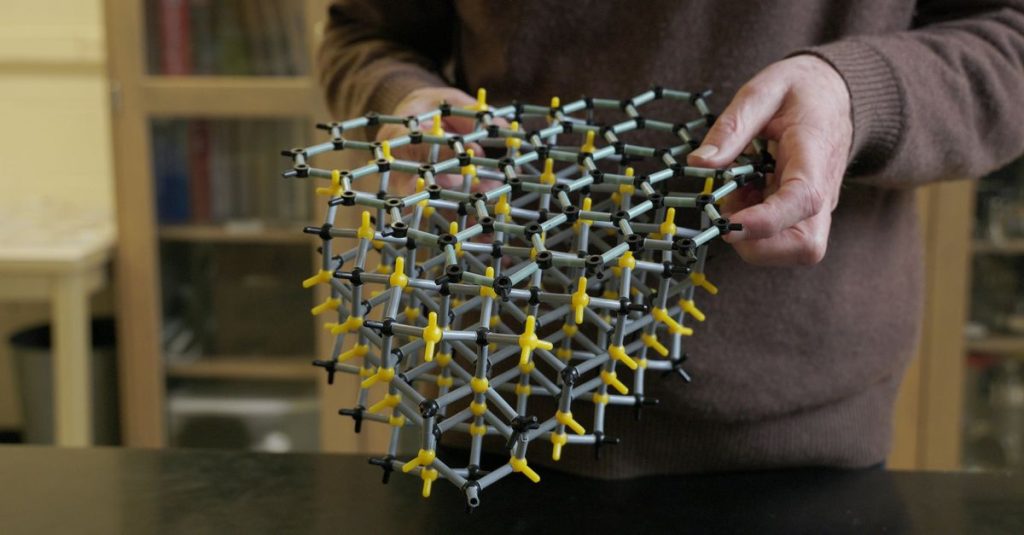Graphene has been a promising material for a long time. It is only one thin atomic layer, consisting of carbon atoms arranged in a hexagonal pattern. This atomic chicken wire has special properties that make it possible to create smaller, faster computers.
But graphene lacked an important property: you couldn't easily turn it on and off. International group Submitted on Wednesday in nature Graphene could make this possible.
Graphene makes electronics more efficient, because electrons can move through it very quickly. It is also strong. You can pass large electrical currents through it without it heating up or malfunctioning. This makes it an ideal successor to silicon, which is beginning to reach its limits.
For electronics, you need semiconductors, such as silicon. These are materials that may or may not conduct electricity, depending on the circumstances. Thus semiconductors can be used as switches (transistors) that you can turn on and off. This is possible thanks to the so-called Band gap – The difference between the two energy ranges in which electrons can move in a substance. If the electrons have enough energy, they are in the high band and the semiconductor behaves like a conductor. With lower power they are in the low range which is insulating.
To allow growth
“the Band gap “It's like a dam in a river,” says Walter de Heer of Georgia Tech, who is leading the research. “Like the water level [de elektronenergie] It is lower than the dam and the water stops. If the water level is higher, it can flow through. By applying an electric field, you can change the position of the energy bands to turn the switch on or off. Using this electric field, you can make the dam higher or lower.
You can make a semiconductor out of graphene by growing it on silicon carbide. This technique has been around for some time, but it usually produces a messy layer. Lord and his group have developed a technique to create a flawless coat. To do this, they gradually heated silicon carbide to 1,600 degrees Celsius. This produces a single layer of graphene Electrons move ten times faster than in silicon.
Mazhar Ali and Heri van der Zant from TU Delft, who were not involved in the research, described the result as a great and important step. “I think it's a surprise,” says van der Zant. “I thought everything had already been tried, but this shows that it is possible.”
They stress that more steps are needed. “For example, if you want to make computer chips out of it, you have to bond it to other materials,” Ali says. “This now ensures that the electrons are much slower than in bulk graphene.”
According to De Heer, it will be a long time before computers equipped with graphene chips are available. “Although we have a lot of work to do before we have graphene computers, I expect this work will stimulate research around the world and non-commercial applications will soon be found.”

“Coffee buff. Twitter fanatic. Tv practitioner. Social media advocate. Pop culture ninja.”











More Stories
A unique image of atoms behaving like quantum waves
Dutch IT Channel – IT systems will provide ‘tax authorities’ with more room for changes from 2027′
Scientists are mixing bacteria with plastic to create a 'living plastic' that appears to have remarkably good properties